How to properly plant thuja in open ground and take care of it
Summer residents love to decorate their plots with unpretentious evergreen shrubs and trees, which always look elegant. Planting and caring for them is not burdensome, and thuja live in the open field for a long time. They were called "royal trees" for a reason. Tui are frost-resistant, exude a pleasant aroma. The scales that cover their branches, soft to the touch, produce beneficial phytoncides.
Suitable plot
Outdoors, thuyam will be comfortable in areas with light shading. Direct sunlight is harmful to the tree. In spring and summer, under them, it will wither and dry and, weakened, will not endure the winter well. If thuja is planted in thick shade, its decorative effect will suffer. Its development will slow down, the leaves will become pale, and will grow less often, depriving the branches of splendor.
Thuja does not like drafts and strong winds, so you need to choose a place that is reliably protected from them. The proximity of groundwater to the tree will only benefit. The culture grows on any soil:
- peaty;
- sandy loam;
- clayey;
- marshy.
The main condition for her is sufficient humidity. But stagnant water at the roots of a tree can destroy it. If the soil in the country house is heavy and damp, a thick (15-20 cm) layer of drainage is poured onto the bottom of the planting pit. For him, it is better to use large stones. In swampy areas, trenches are dug for drainage pipes.
The most beautiful plants are obtained in loose fertile soil, consisting of three main components:
- turf land;
- peat;
- sand.
On nutrient-poor loams and in sandy loam soil, special attention should be paid to dressing when caring for thuja.
Sapling selection
Nurseries and specialty stores offer a large selection of thuja seedlings of different varieties, differing in age and size. You can purchase a small tree and place it in the country after growing. There will be no difficulties with this. Planting young trees is preferable: they take root faster. If you want to arrange the site right away, it is better to choose an already large, developed plant.
When buying a seedling, you need to carefully examine it, paying special attention to 2 conditions:
- how wet is the soil in the container;
- how firmly the scales adhere to the shoots.
The branches of a quality seedling are strong, elastic, without suspicious spots and signs of damage by pests or diseases. The needles do not crumble from them. Having brought the plant home, you need to plant and water it as quickly as possible.
Advice
If the root system of the thuja is open, it is placed in the ground in the spring, otherwise it will not take root. Trees growing in containers can also be planted in summer.
Landing rules
Thuja can be planted from spring to autumn. But best of all, trees take root on the site in April-May. They get sick less, quickly adapt to new conditions and start growing earlier. The autumn planting of thuja is associated with significant risk. There is no certainty that the tree will have time to take root well on the site before the cold weather
Thuyas need deep and wide planting pits - usually about 80-100 cm. Their exact dimensions are determined by the volume of the tree root system. It should fit freely in the pit along with the soil clod. Usually, the width of the hole is made 40 cm, and the depth is 30 cm more than it. At the bottom of the pit, loose soil filled with fertilizers is poured. Wood ash, humus, compost are well suited. Such a planting will facilitate the care of thuja: the plant will need to feed only 2-3 years after it.
If the roots of the tree are dry, they are briefly dipped in a container of water.Having placed the seedling in the hole, sprinkle it with a mixture of earth, peat and sand, taken in equal amounts. If its roots were open, they are spread over an earthen mound. When planting a thuja with a closed root system, it is carefully removed from the container along with the substrate, placed in a pit and covered with soil. The soil around the seedling is lightly tamped and watered well (1-2 buckets of water). When properly planted, the root collar of the thuja is at the soil level. The earth in the near-trunk circle is mulched. Good for this:
- peat;
- compost;
- chopped pine bark.
That's right, the mulch only covers the soil. On the lower branches of the plant or at its trunk, it should not be, otherwise they will cut out.
The layout of thuja in the country depends on the selected varieties. Tall trees are planted at intervals of 4-5 m. At least 1 m of free space is left between low-growing trees. Thuja are placed in the garden at the same distance so that they form a hedge or a shady alley. The height of the tree does not matter here.
Watering and feeding
Caring for thuja will not take much time. It consists of the following manipulations:
- glaze;
- dressing;
- loosening the soil;
- trimming.
Thuja is a moisture-loving culture. In spring, it is usually watered once a week, focusing on the weather conditions. Under each young tree, correctly add 10 liters of water. If it rains frequently, additional moisture can be dispensed with. In summer, the frequency of watering in the open field is increased by holding them every 3-4 days, and in hot weather - after 2-3 days. Water at this time is spent 1.5-2 times more.
Both seedlings and adult trees need moisture equally. As the thuja grows, the volume of the introduced liquid increases. It is advisable to alternate watering with crown irrigation. Then the branches of the thuja will be elastic, and the color of the leaves will be bright and juicy. When "bathing" the dust is washed off them, and the thuja prettier, acquiring a fresher look. Irrigation can be carried out 2 times a day - in the morning and in the evening.
Advice
The appearance of the thuja will tell about the lack of moisture. If its top turns yellow, it's time to take action.
The first feeding is carried out immediately after planting the thuja on a permanent site. A growth stimulator solution is used for it. The components included in it will help the tree to root faster and increase its immunity. A mature tree needs potassium and phosphorus in spring. Compositions rich in them are introduced twice at this time, making a 10-15-day break between dressings.
Organic and mineral fertilizers are suitable for Tuyam. To feed them, you can use special preparations intended for conifers (Fertika and others), or ordinary compost. They are brought in only twice a season (in spring and summer), embedded in the soil in the area of the near-trunk circle by loosening. In summer, you can water the plantings with a fertilizer solution.
Mulching and pruning
Thuja care also involves the regular removal of weeds, loosening and mulching the soil under the plants. Any organic material can be scattered under them:
- sawdust;
- straw;
- compost;
- chopped nutshells.
They will stop the growth of weeds and retain moisture in the soil, improving the condition of the tree. Mulch can also perform a decorative function if you use colored sawdust for it.
To make the tree look spectacular, its crown is formed. Only plants that are well established on the site are sheared, and at least 2 years have passed since planting. The first pruning has a rather sanitary function. Tuyu gets rid of dry, damaged, diseased and weakened branches and determines how thick the crown is. The more often you trim, the more lush the tree will be.
The main pruning is done in the spring, in April, choosing dry weather for it. During the season, if necessary, it is supplemented with corrective haircuts. When pruning, the length of the branches is shortened by no more than a third. In order for the thuja in the garden to be healthy and beautiful, air must circulate freely between its branches.For this, it is recommended to get rid of all the shoots of one-year growth. With the help of trimming, the thuja can be turned into a ball, cube, column, spiral, steps, the figure of an animal or a fairy-tale hero - it all depends on the gardener's imagination and experience.
Preparing for winter
When choosing a variety of thuja, which is better to plant on the site, it is worth considering the peculiarities of the local climate. For areas with severe winters, frost-resistant varieties of culture have been bred. But even they are being prepared for the onset of cold weather. In autumn, thuja are plentifully watered with a solution of drugs that stimulate root growth. They stop feeding them with nitrogen compounds in mid-August. Sanitary pruning is carried out by removing yellowed, broken, diseased branches.
Young trees and seedlings need insulation. They are covered with a cocoon made of plastic wrap or a special material that allows the sun's rays to pass through. In stores you can find ready-made covers for wintering thuja in the open field. The roots of the tree will also need protection. The soil in the trunk circle is covered with a thick (5-7 cm) layer of fallen leaves. In the spring, when the snow melts, and the top layer of the soil warms up a little, the shelter is removed.
If the crown of the tree is spreading, its branches must be carefully pulled off with a wide ribbon. Otherwise, they can break under the weight of the accumulated snow. It is better to tie young trees to a reliable support so that their trunks do not break from gusts of wind. It is advisable to overlay them with straw bales. They will protect the trunk of the thuja from frost. You can spud the plants high, mulch the soil with peat chips and cover with spruce branches.
In late winter and early spring, seedlings often suffer from sunburn: in the bright sun, the needles heats up, and the root system of the tree is still sleeping, not providing the branches with moisture. Therefore, in the first year, it is recommended to cover the thuja with a rare burlap, but not too tight, otherwise, during a thaw, the trunk may freeze. There are special preparations for protecting plants from sunburn. When sprayed on needles, they cover it with a thin film that prevents moisture evaporation. In the spring the protective cover will be washed away by rain and irrigation. After winter, the bark of the tree may crack. They are smeared with garden var. It will tighten the bark, and the wounds will heal faster.
Transfer
Thuja can be transplanted from March to November. If done correctly, they tolerate it well. Having prepared the planting pit in advance, they begin to extract the tree. A circle with a diameter of 1 m is outlined around it. The trunk of the thuja should be in its center.
Armed with a sharp spatula, the circle is pierced along its entire length. Then the soil is carefully pry. You cannot do without helpers here. The thuja taken out of the ground is loaded onto a trolley and transported to a new place.
The elegant beauty of thuja and the simplicity of its cultivation make it a favorite of gardeners and landscape designers. This evergreen tree is appropriate everywhere: in the country, in the front garden, in the park. It also has useful properties. If you stay close to thujas for 30 minutes or more, thoughts and feelings will come in order, nervous tension will disappear. They also have a beneficial effect on the air, saturating it with oxygen, purifying and killing harmful microorganisms.
You can experiment with planting thuja endlessly. They are equally effective in hedges and in single placement, often used to decorate paths. Their crown can be given any shape, turning the dacha into a fabulous corner.
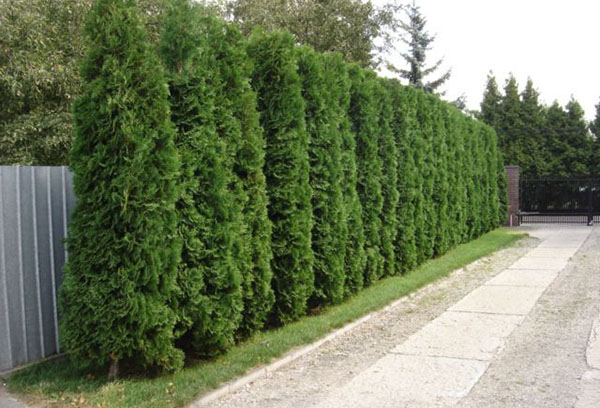
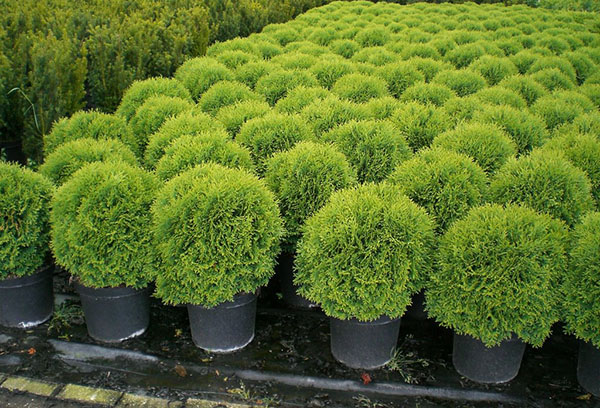
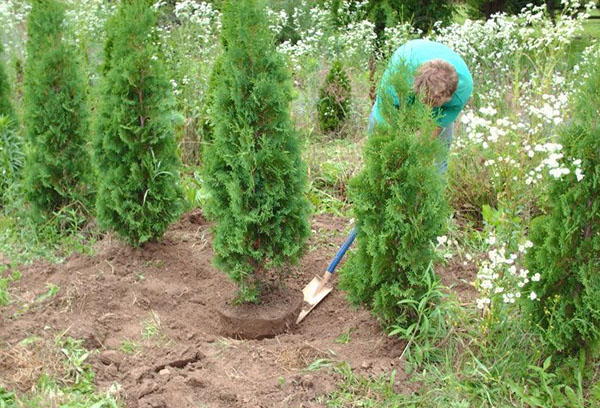
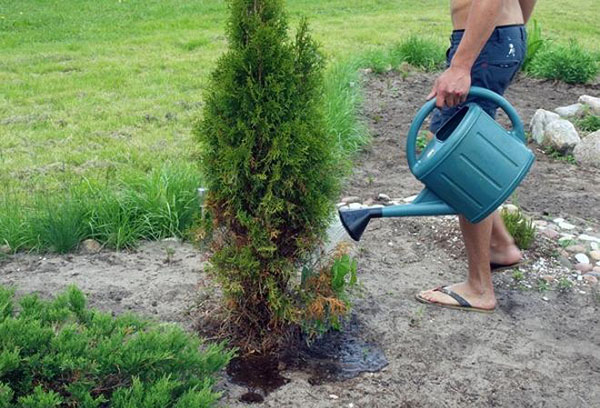
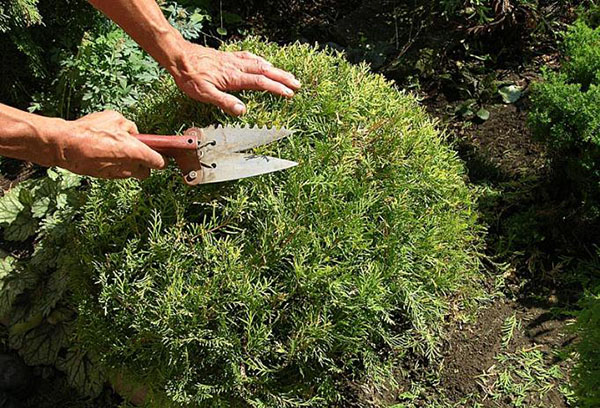
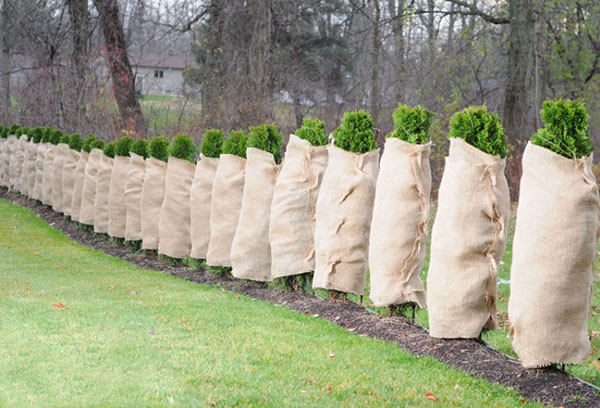
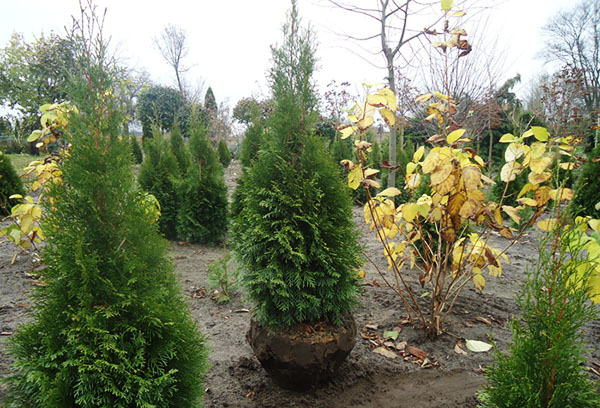
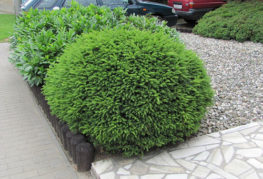

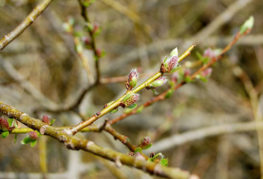
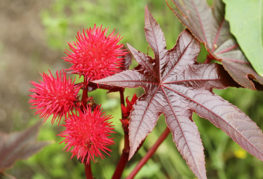
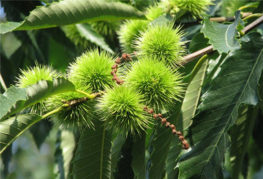
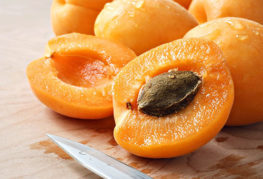
and will be published shortly.